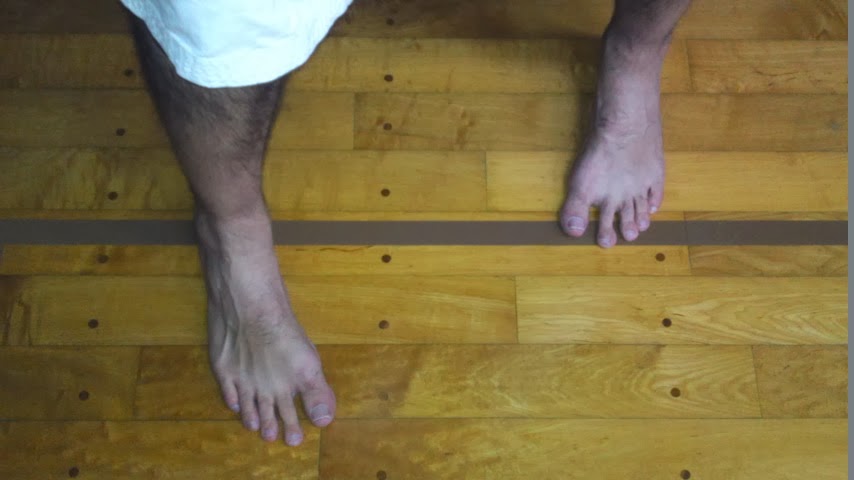C.W. Nicol in "Moving Zen" has an interesting perspective on the development of kata through the ages:
“From the very beginning of history, skill
with weapons has been passed down by ritual practice. When the prehistoric or
primitive hunter returned to camp after an encounter with a wild animal or
enemy, he could demonstrate his prowess better by performing than talking. He would dance, exaggerating and repeating
his movements. Young warriors and boys copied the dances, developed them until
they were set and ritualized. They were superb training, for in them the
warrior could mimic and develop the style, speed and skill of a master…..I
believe that when we practice kata, we are somehow touching the warrior
ancestry of all humanity”
Likewise, during randori (free or open sparring) or ippon kumite (single-move sparring with counter), kata applications should be incorporated and practiced as much as possible.











